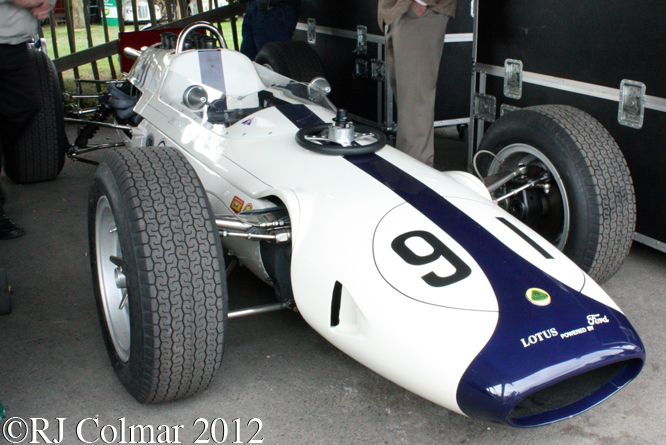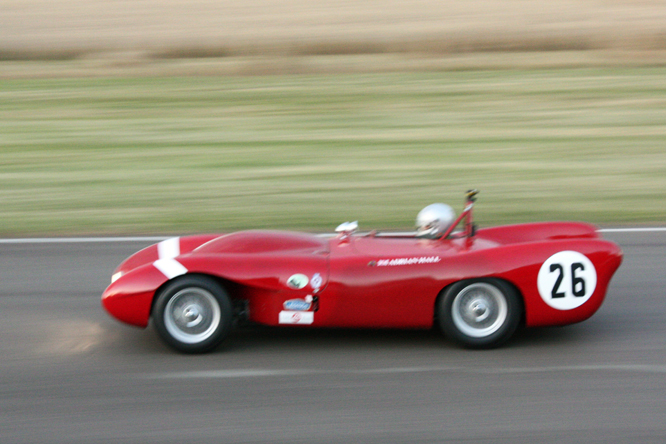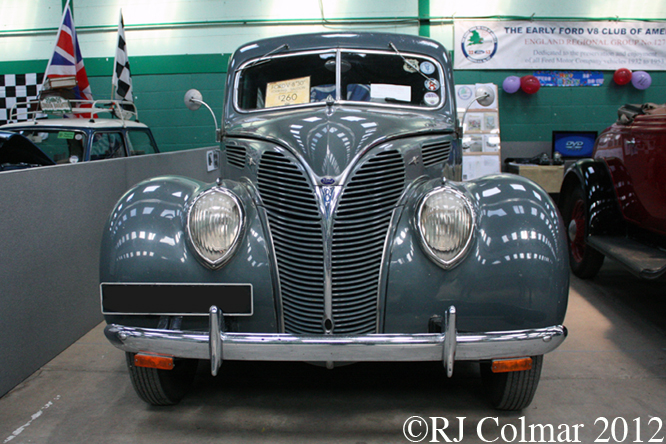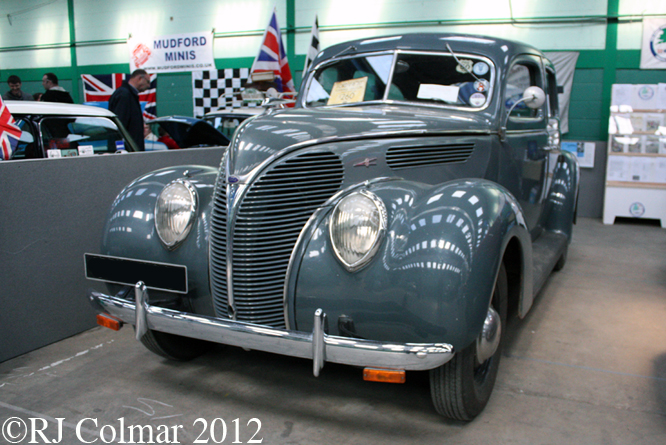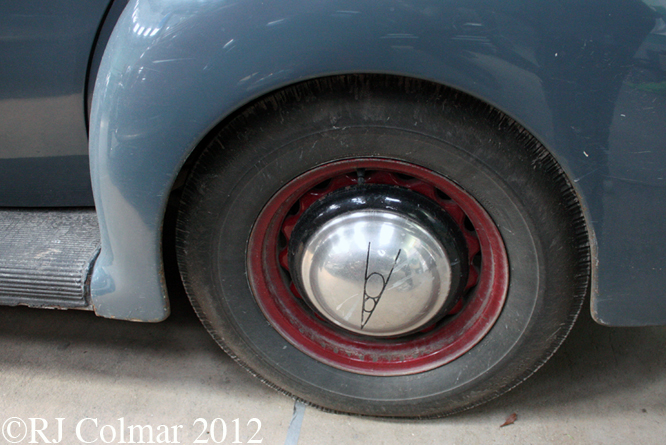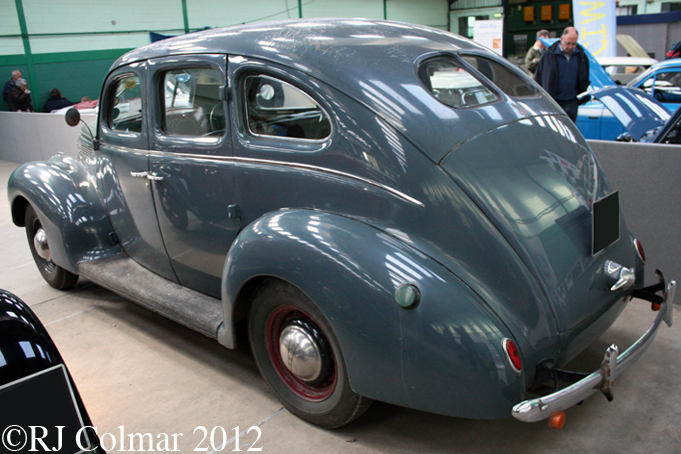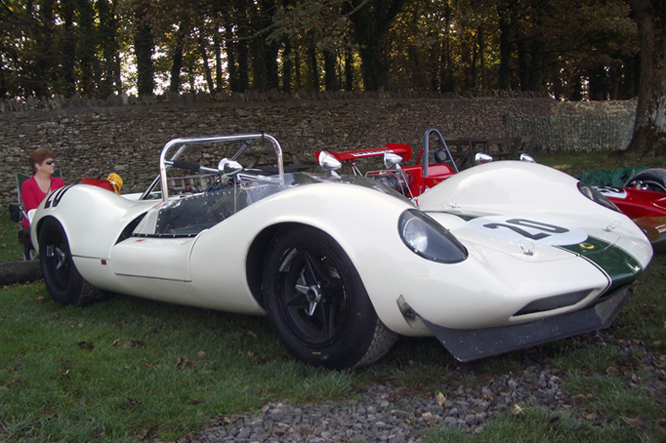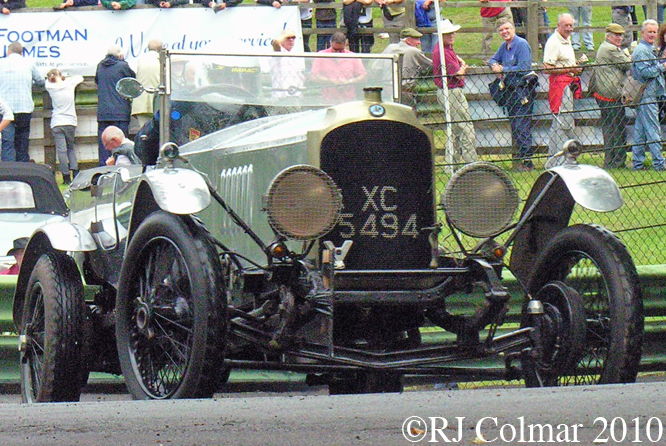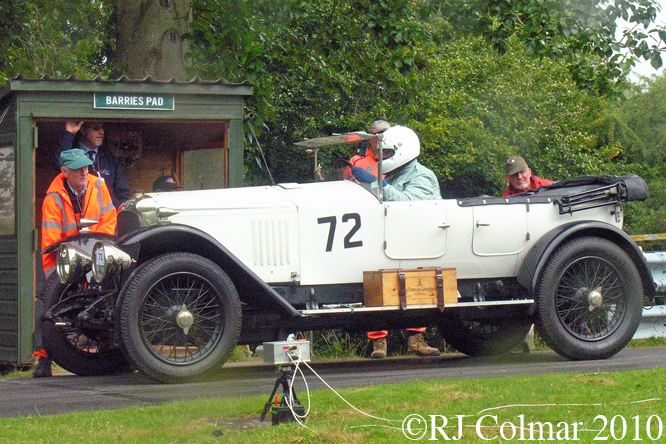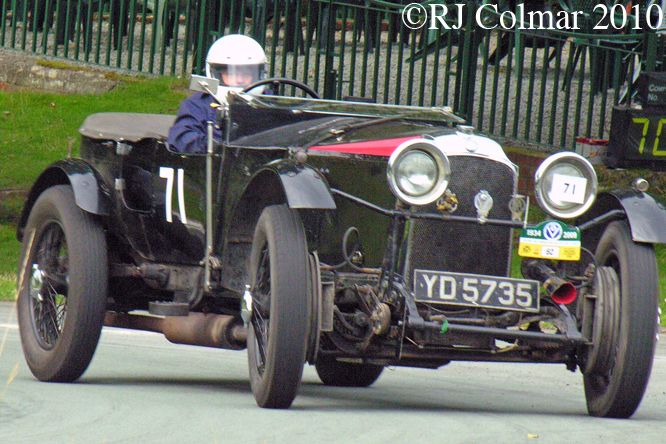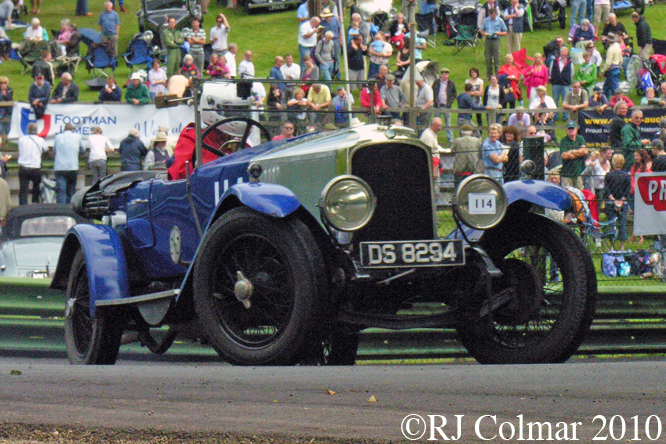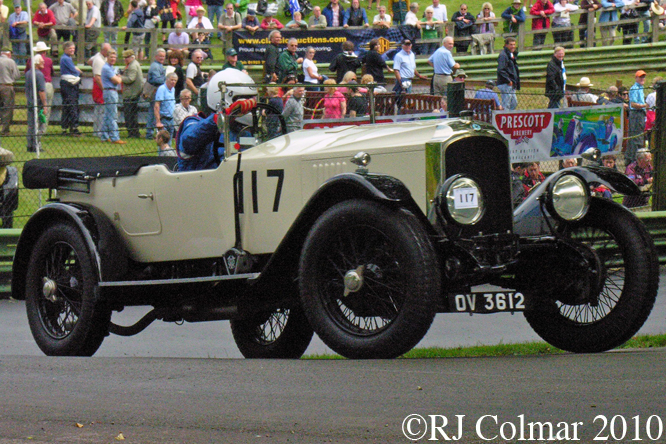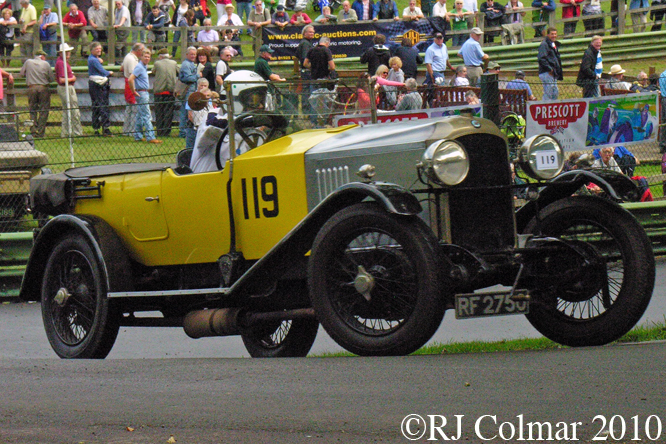Today’s post features some of the Lotus cars that were on track at Goodwood Revival last week.
The looks and early form of the Lotus 30 flattered to deceive even with Jim Clark at the wheel, this one driven by Paul Wright features the cool exhausts coming out of the top and is one of the few whose lines have not been spoiled with a rear spoiler.
Dan Gurney played an instrumental part in taking Lotus to Indy in 1963, this is the Lotus Ford 29 chassis #29/2 Dan used in practice for the 1963 Indy 500 until he put in the wall during morning practice on Pole Day. Dan qualified the spare chassis #29/1 running the #93 12th and finished the race in 7th place after a late pit stop dropped him from 3rd.
Lotus designed the space frame Lotus 24 for it’s customers in 1962, while keeping back the new monocoque Lotus 25 for the works team. The Climax powered #23 driven by Michel Wanty above is chassis #942 which was one of two supplied to the British Racing Partnership Team racing under the UDT Lystall banner for Innes Ireland and Marsten Gregory to drive. Gregory drove the car once to a 7th place finish in the ’62 British Grand Prix while Ireland retired the car in five from seven races started before finishing 5th in the South African Grand Prix.
British Racing Partnerships also used a BRM powered Lotus 24 in 1962 with which Gregory managed a best 6th place in the ’62 US Grand Prix, the following season BRP fielded two BRM powered Lotus 24 for Ireland and Jim Hall, Jim finished 6th in the British and 5th in the German Grand Prix. The Lotus BRM 24 driven above by Nigel Williams is chassis #P1 which was supplied to the Reg Parnell Racing team for 1963. Marsten Gregory, Roger Ward, Hap Sharp and Chris Amon all had a go in it with Sharp scoring a best 7th place in the 1963 Mexican Grand Prix. The following season Peter Revson drove the car now fitted with bodywork from a 1963 Lola Mk4A, as seen above, for Parnell on two occasions in Belgium and Britain without any worthwhile results.
Dan Collins was out in the Classic Team Lotus entered Lotus Climax 21 #933 which I looked at in December.
Rob Walkers famous Lotus Climax 18 chassis #912 used by Stirling Moss to win the 1960 and 1961 Monaco Grand Prix was being driven by Stephen Bond.
Entered by Real Auto Club Catalunya was the Lotus 16 driven by Joachim Foch-Rusinol seen here blasting past the 1959 Tec Mec Maserati 250F at St Mary’s corner. The 1959 Lotus 16 was Colin Chapman’s second seat design after the 1956 Lotus 12.
Finally the 1955 Lotus Bristol X driven by Malcolm Paul and Rick Bourne, who is seen at the wheel here, charges into the evening during the Freddie March Memorial Trophy race to a 6th place finish.
My thanks to Wouter Melisson from The Nostalgia Forum and http://www.ultimatecarpage.com for his help identifying Michel Wanty’s Lola Mk4A bodied Lotus 24.
Thanks for joining me on this “#6 Lotus Edition” of “Gettin a li’l psycho on tyres” I hope you will join me tomorrow for a look at what happens when a dictatorship put’s all the necessary resources into the hands of a couple of racing teams. Don’t forget to come back now !


